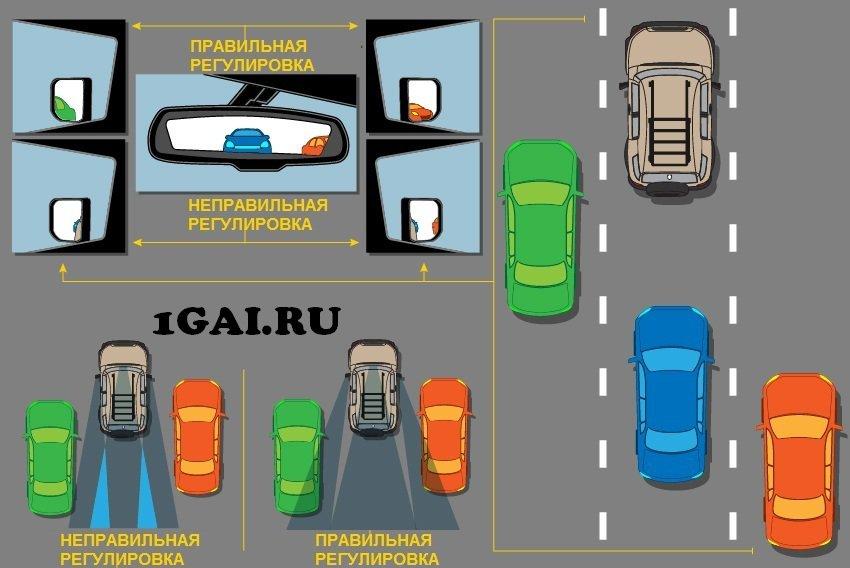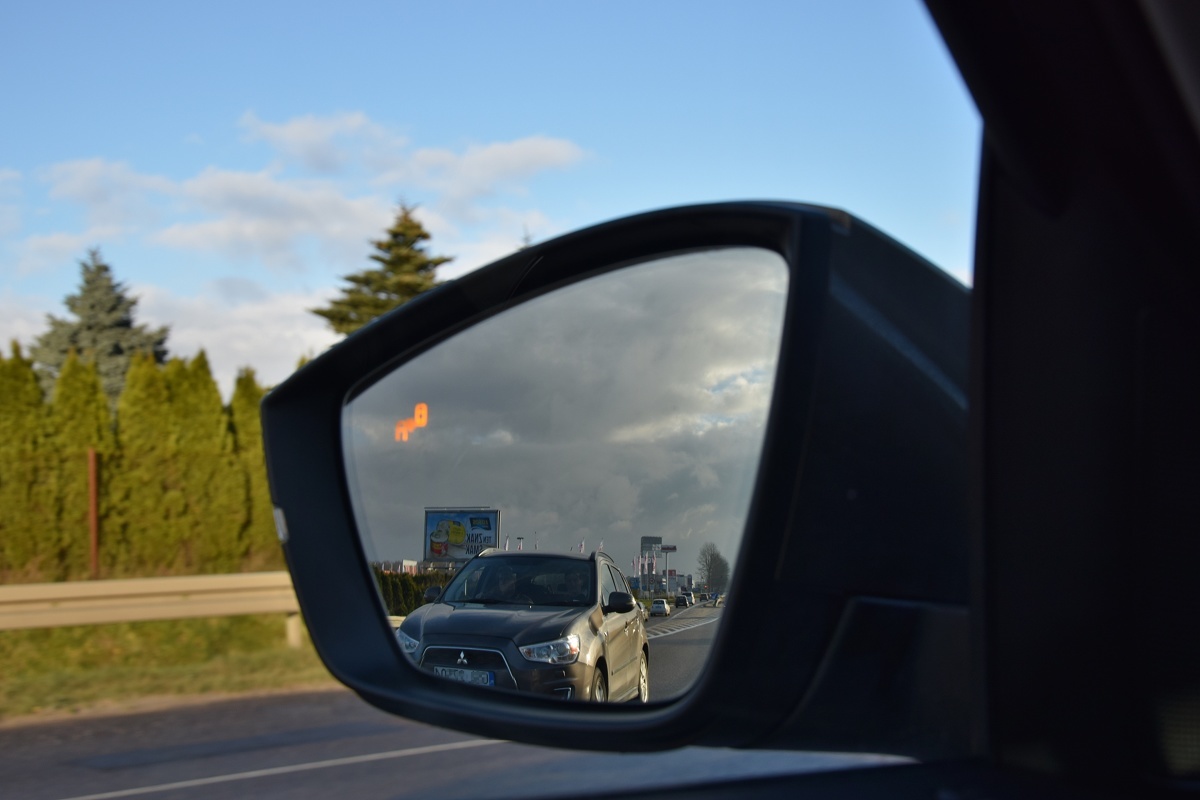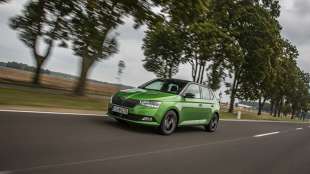
Mirrors in the car. What features do they have and how do you use them?
 Don't drive your car without mirrors. But even if someone tried to drive a vehicle without mirrors, he is unlikely to go far. They are simply essential equipment for every car.
Don't drive your car without mirrors. But even if someone tried to drive a vehicle without mirrors, he is unlikely to go far. They are simply essential equipment for every car.
The side mirrors can be described as the extra eyes of the driver, while the interior mirror as "eyes in the back of the head". Mirrors allow the driver to keep an eye on what is happening behind and to the side of the vehicle. They not only make it easier to turn, overtake, reverse or change lanes, but also increase driving safety.
However, what and how we will see in the mirrors depends on their correct settings. First of all, remember the order - first the driver adjusts the seat to the driver's position, and only then adjusts the mirrors. Each change to the seat settings should result in a check of the mirror settings. Currently, on most vehicles equipped with electric adjustment, this operation takes only a few seconds.
In the case of an interior mirror, make sure you can see the entire rear window in it. In this case, the side of the car must be visible in the exterior mirrors, but not more than 1 centimeter of the mirror surface. Thus, the driver will be able to estimate the distance between his car and the observed vehicle or other obstacle.
 As Radosław Jaskulski, instructor at Skoda Auto Szkoła, stresses, special attention should be paid to minimizing the area of the so-called blind zone in the side mirrors, that is, the area around the car that is not covered by mirrors. Nowadays, aspherical side mirrors are almost standard. They are designed in such a way that the outer part of the mirror is tilted at a sharper angle, which increases the range of the field of view, and at the same time reduces the effect of blind spots. Although side mirrors make it easier to drive, vehicles and objects reflected in them do not always correspond to their actual size, which affects the estimation of the distance when maneuvering.
As Radosław Jaskulski, instructor at Skoda Auto Szkoła, stresses, special attention should be paid to minimizing the area of the so-called blind zone in the side mirrors, that is, the area around the car that is not covered by mirrors. Nowadays, aspherical side mirrors are almost standard. They are designed in such a way that the outer part of the mirror is tilted at a sharper angle, which increases the range of the field of view, and at the same time reduces the effect of blind spots. Although side mirrors make it easier to drive, vehicles and objects reflected in them do not always correspond to their actual size, which affects the estimation of the distance when maneuvering.
Therefore, a much more modern and, importantly, safer solution is the electronic blind spot monitoring function. This type of equipment was once available in higher end vehicles. Nowadays, it is also found in popular cars such as Skoda, including the Fabia. The system is called Blind Spot Detect (BSD), which in Polish means blind spot detection.
In the BSD system, in addition to the mirrors, the driver is assisted by sensors located at the bottom of the rear bumper. They have a range of 20 meters and control the area around the car. When BSD detects a vehicle in the blind spot, the LED on the exterior mirror lights up, and when the driver gets too close to it or turns on the light in the direction of the recognized vehicle, the LED will flash. The BSD blind spot monitoring function is active from 10 km/h to maximum speed.
Let's get back to power mirrors. If they have this feature, then in most cases they also have electrical heating. In the case of Skoda, this type of equipment is standard on all models except the Citigo. Heating of mirrors allows not only to quickly remove ice from mirrors. Also, when driving in fog, turning on the heating prevents fogging of the mirrors.
A useful feature is the electric folding mirrors. For example, they can be quickly folded when driving up to a wall or when parking on a narrow street, in a crowded area or on a sidewalk.
The interior mirrors have also undergone significant changes. There are now photochromic mirrors that automatically dim the mirror when the amount of light emitted by vehicles behind is too high.

